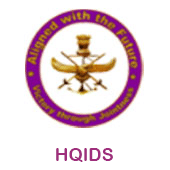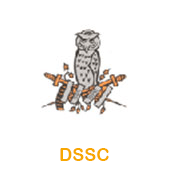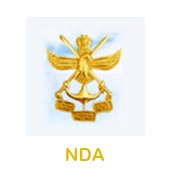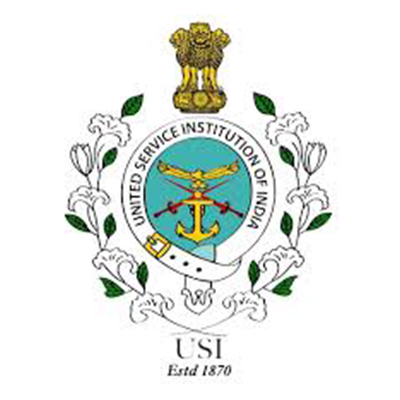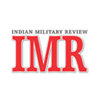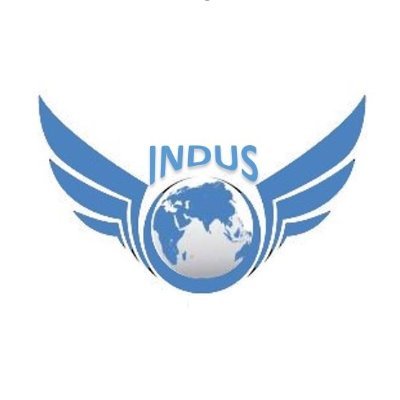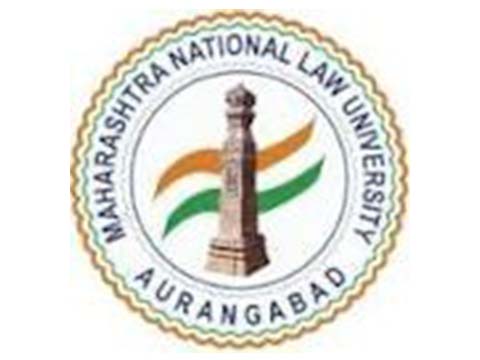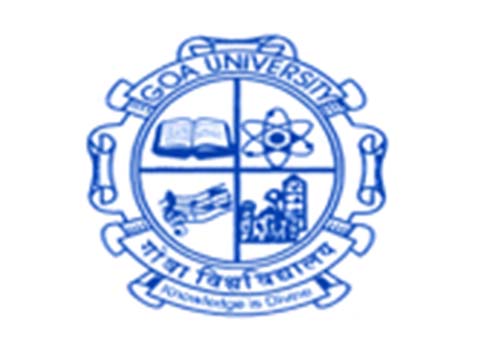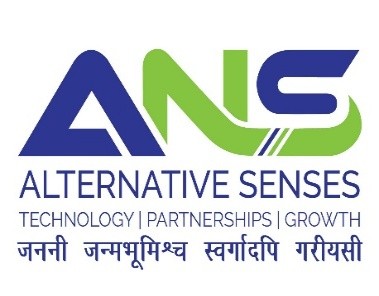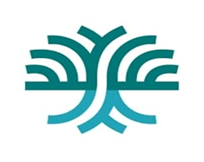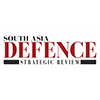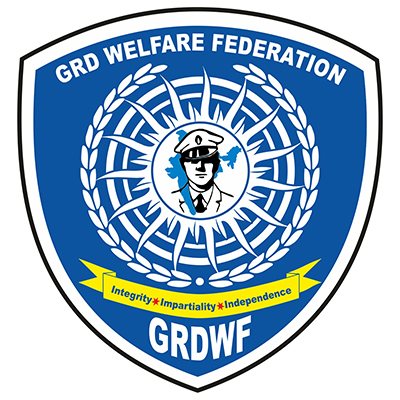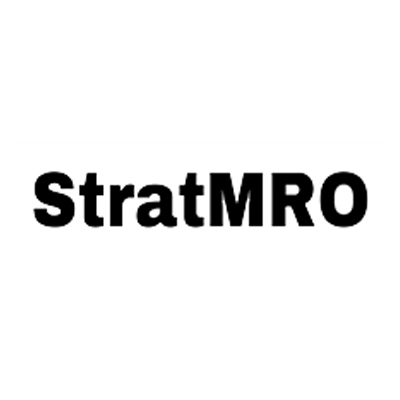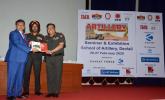
Seminar | 21-May-2020
Seminar | 26-27-Feb-2020
PROCEEDING OF ARTILLERY TECHNOLOGY INDIA 2020 – SEMINAR & EXHIBITION SCHOOL OF ARTILLERY, DEVLALI, 26-27 FEB 2020
By | Capt (IN) KK Agnihotri, Senior Fellow CENJOWS
INAUGURAL SESSION
1. Welcome Address. Lt Gen Vinod Bhatia, PVSM, AVSM, SM (Retd), Director CENJOWS, welcomed the distinguished guests and all participants in the Seminar by calling the Artillery as ‘Kings of warfare’, laying emphasis on the fact that the Artillery provides reach and influence to an Army during combat. He pointed out that artillery played a stellar role during the Kargil conflict also. He however, averred that India could no longer depend on import of such vital equipment; and hence had to make all out effort towards self-reliance, particularly given in-house human talent, skill and expertise of indigenous industry. In that regard, the induction of Dhanush and K-9 Vajra guns was certainly a huge success story of the Indian defence industry.
2. Inaugural Address. Shri Hari Mohan, DG Ordnance Factories & Chairman Ordnance Factory Board, opened his address by providing historical context to the development of artillery guns in India. The OFB set up its first gun factory at Cossipore near Kolkata. The journey of ordnance factories since then, till the industrial manufacture of Dhanush gun in 2019, was indeed remarkable. He stated that development of Dhanush gun had extensive contribution from all stake holders; which in turn had resulted in such a state-of-the-art product. For instance, he cited that most of the 160 suggestions received from artillery Officers for improving the Gun’s usage, were considered for incorporation. He also informed that the entire process of artillery shells manufacture was being undertaken in compliance of Industry 4.0 requirements; thus providing better traceability of entire manufacturing process. This record helps in future analysis and failure assessments.
3. Keynote Address. Lt Gen RS Salaria, PVSM, VSM, Commandant, School of Artillery, brought out that the conduct of this multi-skill, multi-domain Seminar for the first time at the School of Artillery was part of a new training methodology being adopted. He compared relatively simple artillery operational scenario of the 1980s with the highly complex technology-driven environment provided by contemporary artillery systems. He stressed that ‘make in India’ initiative had further metamorphosed the defence technologies towards increased range, accuracy, lethality, mobility and survivability of present artillery systems. He appreciated the advanced technologies incorporated in indigenously developed systems like Dhanush guns, Pinaka MBRLs and Swati weapon locating radars.
4. Special Address. Maj Gen Deepak Obhrai, VSM, Additional DG Artillery, Army HQ, referred to keywords like integrated networked ISR, fire control and precision ammunition to drive home the level of automation and autonomous functions, which are vital for providing ‘shoot and scoot’ capabilities to modern artillery weapons. He lamented that there were nine different calibers of 155 mm guns; and then insisted that commonality of components and ammunition will enable huge accretion in optimal exploitation of artillery systems. He informed that all artillery guns except Bofors were towards the end of their service life. So the artillery branch had to gear up for new challenges arising out of additional maintenance, life enhancement and new inductions. He also advised the private industry partners to aim at commonality of components, so as to integrate easily with artillery requirements.
5. Theme Address. Lt Gen Anjan Mukherjee, PVSM, AVSM, (Retd), Consultant, OFB and former DG Artillery, said that the artillery branch was at the cusp of transition from vintage to advanced technology, which in turn provided great opportunity to the Indian Public and private sector industry for comprehensive involvement. He thus exhorted the Industry to interact and engage freely with the users and procurers, so as to clearly understand the functional requirements and explain their product comprehensively. He also informed about his efforts to bring the practitioners of the artillery craft and technology, as well as industry on the same platform for the professional benefit of the trainees of the School of Artillery.
SESSION-1 (EMERGING TECHNOLOGIES AND CAPABILITIES)
6. Maj Gen AK Channan, VSM, Addl DG Perspective Planning & Head Army Design Bureau, Army HQ, chaired the Session and set the tone for the panelists by articulating that “the Future you see is the Future you get.” Stressing that the budget had to perforce drive the capability development in India, He asked the panelists to make their presentations. The representative from Army’s Perspective Planning Directorate explained the importance of ‘Make-2’ provision introduced in DPP 2016 as a fast, responsive and agile procedure for induction of defence equipment in India. He elaborated that the ‘Make-2’ provision – further simplified in 2018 – comprised three simple steps of design conceptualisation, prototype development and acquisition, all culminating in a compressed timeline of 69-105 weeks. Thus, it was an ideal route for comprehensive participation by start-ups and MSMEs, which may not have a large capital base.
7. The representative from Artillery Division of M/S Bharat Forge/Kalyani Group gave a detailed presentation on the emerging technologies and capabilities in artillery. He prided himself with a meaningful association with the Artillery Corps by way of design and development initiatives related to material technology, transmissions, electrical drives for laying and ramming, hybrid recoil, augmented/virtual reality (AR/VR), automation and digitisation. He informed that his company had supplied Bharat-2 155 mmx55 caliber Guns; as also Garuda 105 mmx37 caliber and 155mmx39 caliber guns to the Indian Army. M/S Larsen & Toubro representative educated the audience about his Company’s role in enhancing Indian Artillery’s capabilities. Towards this goal, he said that the induction of ‘K-9 Vajra T’ gun in the Artillery arsenal was the high point of L&T’s association. Licensed production of this gun (with indigenous production of certain key components like fire control system (FCS) and ammunition handling system) has been undertaken by L&T. He informed that L&T having commenced production in January 2019, had delivered the 51st gun by January 2020 and plans to deliver all 100 ordered guns by November 2020. He exhorted the Indian Army to start planning towards further continued usage of this robust technological facility with L&T.
8. The representative from M/S Solar Industries/Economic Explosives Ltd. gave a complete run down on the broad spectrum of ammunition and propellants produced for the defence sector and civilian applications. These included rockets for Pinaka MBRL; propellants for Akash missiles and LRSAM; booster for Brahmos missile; strap-on booster motors for PSLV/ASLV; as also mines, HMX, RDX, TNT and PETN high explosives. He intimated that his Company had erected a ‘Life assessment of Explosives’ facility for certifying life extension of ordnance held by defence forces. The representative from M/S Tata Aerospace & Defence stressed on his Company’s production of sub-systems for the advanced towed artillery gun system (ATAGS). These included fully indigenous all-electric drives along with ammunition feeding system and INS based laying system. He explained that digital prototyping and virtual analysis of products was also being carried out to improve their design reliability and production efficiency. Finally, the representative from Electronic Corporation of India (ECIL) said that his Company had strong partnership with DAE, DRDO and ISRO, to provide manufacturing support to their prototypes and designs. He informed that 35 percent of ECIL’s business came from Defence sector. It involved manufacture of electronic fuzes for artillery gun ammunition, C4I systems for Brahmos cruise missile and Akash SRBM, active radar seekers for missile homing heads, vehicle mounted jammers for armed forces and CAPF, as also drone jammers.
SESSION-2 (NEW HORIZONS IN FIELD ARTILLERY)
9. Mr. Vijay Mittal, DDG (Weapons), Ordnance Factory Board, chaired the Session and opened the proceedings by intimating that the Indian Ordnance factories had an overall indigenisation content of 89 percent across its products; with the figure reaching 97 percent in case of ammunition. With this background, he asked the panelists, from Ordnance factories and DRDO to make their presentations. A representative from Ordnance Factory, Kanpur explained the considerations involved in designing of Artillery gun barrels and muzzle brakes. These internal ballistics factors include strength, thermal, wear and fatigue considerations. He explained auto-frettage process in manufacturing gun barrels to increase their tensile stress loading capacity. Different design innovations for muzzle brakes being experimented by Ordnance Factory – to control excess recoil during firing of guns by enabling some volume of propellant gases to escape towards the rear – were explained. The other representative from Ordnance Factory, Kanpur, explained the external ballistic considerations for designing artillery gun barrels and shells. For instance, he explained the role of riflings in the barrel to provide spin to the projectile, thus ensuring its stability during flight. He further explained that flight stability of the projectile could also be achieved by adding small fins to it. Both these means of ensuring stability during flight trajectory were essential for achieving the desired range.
9. The representative from OF, Medak explained the designing and manufacturing of light medium self-propelled artillery gun system weighing less than 30 Tons, for effective employment in high altitude terrain. He informed that the ranges for such systems were 28 km and 38 km for 155 mm guns, of 39 and 52 calibers respectively. The DRDO scientist from Armament Research & Development Establishment (ARDE) explained the challenges associated with the designing and development of advanced Towed Artillery Gun System (ATAGS). He informed that ATAGS developed by DRDO had many state-of-the-art features like enhanced sensor performance, INS enabled positioning and pointing, increased automation using all electric drive, and better ability to withstand gunfire shocks and vibrations.
SESSION-3 (INDUCTION OF NEW EQUIPMENT)
10. Lt Gen Anjan Mukherjee, PVSM, AVSM, (Retd), former DG Artillery, chaired the Session and emphasised that the Indian Artillery corps was operating with close to 75 percent equipment and ordnance shortages; and was looking for massive inductions. Thus there was huge potential for indigenous manufacturers and developers to fill in the gap. Highlighting the necessity of innovative solutions by in-house efforts within the country, he asked the panelists from the Ordnance Factory as well as the OFB to bring forth their expertise in the field of indigenisation of artillery systems.
11. The representative from Ordnance Factory, Nalanda briefed the audience about ‘bi-modular charge system (BMCS) as the new age propellant for 155 mm artillery guns. He elaborated on the advantage of these propellants in terms of better rate of fire, easy logistics, less barrel erosion, reduced muzzle flash and more accuracy. The indigenously produced BMCS were also 25-33 percent cheaper than those offered by foreign vendor like Denel of South Africa and Nexter of France. Shri Vijay Mittal, DDG from Ordnance Factory Board informed the audience about pricing and value optimisation in manufacture of indigenous artillery gun systems. He explained the complexity of costing each product in terms of direct and indirect labour, direct material fixed and variable overheads and pre-determined estimates. He cited the example of direct material cost, wherein there were 4006 vendors supplying parts for Dhanush guns, 80 percent of which were MSMEs. Also, Dhanush gun production involved 20 Ordnance Factories.
SESSION-4 (AMMUNITION, ROCKETS & MISSILES)
12. Maj Gen Jai Dev Singh, Controller CQA Ammunition, Kirkee, chaired the session and asked as to why the Indian Army’s equipping was in such a precarious stage despite so much existing Government infrastructure. He then suggested that senior technical army officers must head certain infrastructure facilities if the Army is to fully leverage the existing infrastructure capabilities in the Country. He cited the example of upcoming small arms factory at Amethi which will be headed by a service officer. Keeping these suggestions in mind, the Chairman asked the panelists to make their presentations. A senior QA officer from Ambhajari explained the modalities of quality assurance for ammunition stores, from their induction, through their life cycle, and right till de-induction. He also delineated the responsibilities of Ordnance Factories and the QA organisation in the QC process.
13. The scientist from DRDO’s High Energy Materials Research Laboratory (HEMRL), Pune intimated the gathering about latest developments in new class of artillery ammunition systems involving the use of Plastic bonded explosive (PBX) or metalised PBX. In addition, thermo-baric ammunition like enhanced blast explosives (EBX) using fuel rich composition was also being developed. These ammunitions, on being initiated, release huge amount of energy within a very short time period, as compared to TNT. Another scientist from DRDO’s Armament Research and Development Establishment (ARDE) gave an exposition on the work done for extending the range of Pinaka MBRLs. While enhanced range Pinaka Mk-1 rocket reaches 37 km, the Pinaka Mk-2 has extended range of 60 km. He also informed that the accuracy of the rockets was improved by enabling it to be guided to a certain extent. The technologist from Ordnance Factory, Ambernath provided a detailed account about production of electronic fuzes for artillery ammunition. He informed that the electronic time fuzes being developed for 155 mm gun ammunition had 70 percent indigenous content. Only the battery amounting to another 25 percent, was still imported.
VALEDICTORY SESSION
14. Valedictory Address. Lt Gen RS Salaria, PVSM, VSM, Commandant, School of Artillery congratulated all the stake holders and guest speakers on successful conduct of this seminar and exhibition. He pointed out that the seminar had provided deep insights into the complete ecosystem dealing with artillery gun systems in India; and hence he considered that the objectives of the seminar were more than met. He felt that detailed interaction between the technology providers, academics, Government and private factories, Quality Control inspectors and finally, the users had provided immense value to the faculty and under-training personnel of the School. He likened the process in Army parlance to ‘break in’ having happened, with bridgehead having been taken. However the ‘break out’ had just commenced and there was a long road ahead to meet the objective. Towards this, he reiterated the hallmarks of artillery systems currently under improvement. These relate to ranges getting pushed; lethality, accuracy and mobility being improved; and responsiveness progressively increasing.
15. He also brought home the importance of balancing contradictory requirements while designing and manufacturing artillery systems. These could relate to trade offs in range versus deployability; lethal effect versus precise attack; automation versus simplicity; and autonomous versus manned systems. Thus, herein lay the opportunity for the Industry to play a bigger role in providing solutions to these challenges. He closed his address by highlighting the envisioned aim towards which the Artillery corps should strive; and that is, to deliver destructive fire rather than providing supporting fire; as also enhance the deterrent value for the adjacent located enemy.
16. Closing Address. Maj Gen Ravi Arora, (Retd), Chief Editor, IMR and Seminar Coordinator, pointed out that this seminar was earlier being held every year in Delhi. The aim of this year’s seminar at the School of Artillery was to provide a common platform to all stakeholders engaged in researching, designing, manufacturing and using the modern day artillery systems. At the same time, the Seminar sought to provide professional learning benefits to the trainees and faculty of Indian Army’s Artillery School by exposing them to the multi-faceted dynamics involved in managing the Artillery organisation and systems in the Indian Army from planning, developing and combat exploitation. This Seminar saw active participation of almost all stakeholders including Army, representatives from the industry and scientific community. He concluded the Seminar by thanking the participants, hosts and sponsors of the event.
RECOMMENDATIONS
17. The following important recommendations emerged from the conduct of above Seminar:-
(a) Renewed order for adirtional ‘Vajra K-9 T’ guns be placed on L&T so that their plant does not fall idle post delivery of current order in Nov 2020.
(b) ‘Life assessment of Explosives’ facility for certifying life extension of ordnance, erected by M/S Solar Industries/Economic Explosives Ltd, Nagpur be extensively used to certify ammunition stocks held by defence forces.
(c) This Seminar should be held every year at the School of Artillery, Devlali, as part of annual training calendar, so as to provide professional learning benefits to the trainees.

